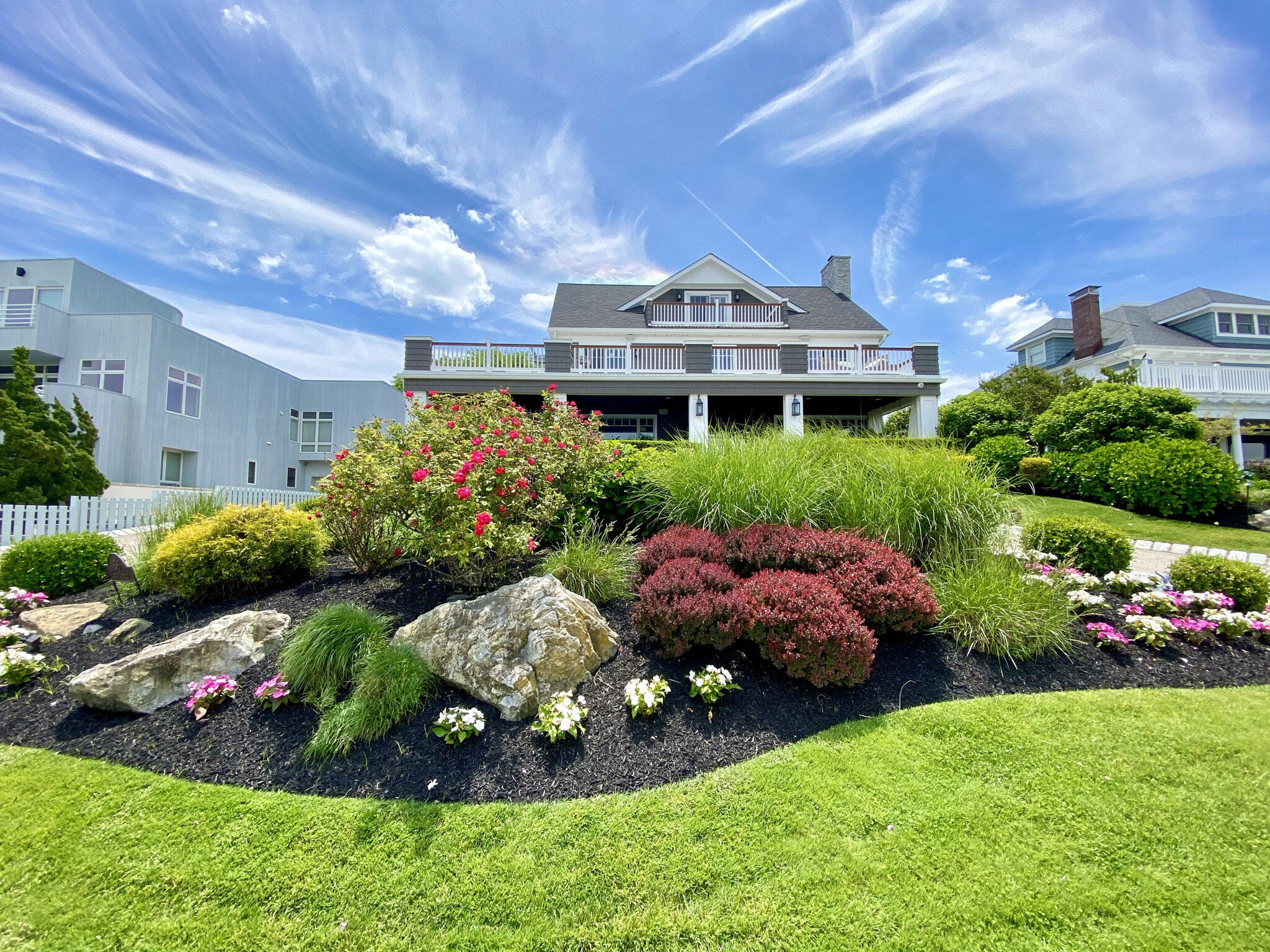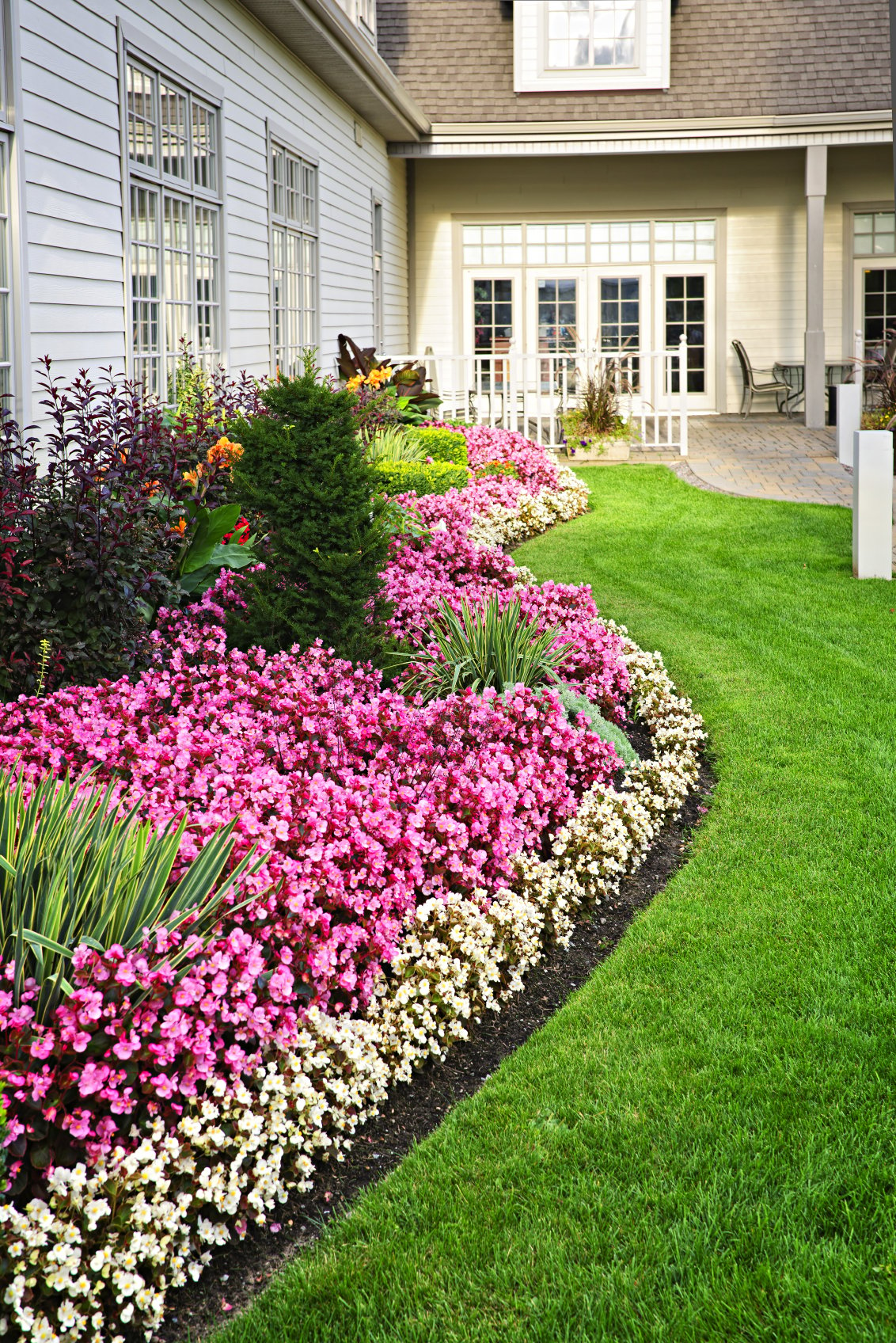Revamp Your Home's Outside with Specialist Landscape Layouts and Maintenance
The Relevance of Comprehending Various Sorts Of Landscape Design for Your Garden
Understanding the different types of landscaping is a crucial component in crafting a garden that not only mirrors personal preference yet additionally fulfills environmental needs. Each landscaping style-- be it official, cottage, sustainable, or metropolitan-- gives distinct benefits that can significantly influence the total health and wellness and aesthetics of your outside room.
Advantages of Landscaping Expertise
Understanding the fundamentals of landscaping uses many benefits for both amateur and experienced gardeners alike. A strong grasp of landscaping principles allows individuals to produce visually attractive and practical outside rooms that line up with their personal preferences and the particular features of their yards.
One substantial advantage is enhanced environmental health. Knowledge of sustainable methods and native plants allows garden enthusiasts to grow ecosystems that advertise biodiversity while lessening the demand for chemical plant foods and pesticides. Additionally, recognizing dirt kinds and drainage can lead to much healthier plant growth and lowered disintegration.
Landscaping expertise additionally improves the visual value of a property. By discovering concerning style components such as texture, scale, and color, garden enthusiasts can produce cohesive and inviting landscapes that raise visual appeal. This not just raises personal satisfaction however can additionally enhance building worth.
Additionally, informed garden enthusiasts can save time and sources. Identifying the right plants for particular problems, such as light and wetness levels, guarantees that initiatives are not lost on inappropriate options. Ultimately, a comprehensive understanding of landscape design empowers individuals to make informed choices, fostering a much more gratifying horticulture experience.
Introduction of Landscape Design Kinds
Landscaping includes a range of methods and styles, each tailored to meet the unique needs and choices of garden enthusiasts. Recognizing these varied types is important for creating an outdoor space that straightens with ecological considerations and private tastes.
One popular kind is typical landscape design, defined by structured formats, distinct flowerbeds, and the use of symmetrical growings. This design typically emphasizes a feeling of order and harmony within the garden - Landscaping Company. In comparison, naturalistic landscaping concentrates on simulating the charm of nature, utilizing indigenous plants and organic kinds to create an extra kicked back and informal setting
Sustainable landscape design has gained grip, advertising environment-friendly practices that preserve water and decrease chemical use. This technique typically incorporates xeriscaping, which utilizes drought-resistant plants suitable for dry climates. Furthermore, urban landscape design addresses the difficulties of minimal space in city settings, typically utilizing upright yards and rooftop rooms to optimize greenery.
Official Landscape Design Described
Identified by its precise layout and structured aspects, official landscaping develops an atmosphere of elegance and refinement in outside spaces. This style stresses proportion, geometric shapes, and well-defined lines, usually incorporating manicured hedges, topiaries, and orderly blossom beds. The total result is a polished and refined setting that draws attention to architectural functions and boosts the beauty of the surrounding landscape.
In formal landscaping, pathways are normally straight and might be lined with consistent products such as block or rock. These paths frequently result in prime focus such as water fountains, statuaries, or decorative trees, better boosting the organized nature of the design. Shade palettes tend to be more limited, concentrating on harmonious combinations that promote a serene atmosphere.
Water features in official landscapes are learn the facts here now generally designed with accuracy, usually looking like round or rectangular pools. The careful placement of plants is essential, with species chosen for their capacity to keep a clean look throughout the seasons. Generally, formal landscaping is optimal for those who appreciate order and elegance, providing a classic visual that can dramatically raise the value and appeal of exterior rooms.
Cottage Yard Attributes
Cottage yards usually stimulate a sense of beauty and whimsy, mixing a range of plants in a seemingly careless yet harmonious arrangement. Identified by their rich, informal format, these gardens generally feature a diverse mix of flowering perennials, vegetables, natural herbs, and annuals. This diverse growing not only develops aesthetic interest but additionally draws in advantageous insects and advertises a balanced community.
A key attribute of cottage yards is their use conventional products and structures. Stone paths, rustic fence, and wood trellises are commonly integrated to boost the garden's charming charm. In addition, the inclusion of seating areas, such as arbors or benches, encourages relaxation within this serene environment.
Color plays a significant role in cottage gardens, with an emphasis on soft pastels and lively colors that stimulate a sense of nostalgia. Flowers like hollyhocks, roses, and foxgloves are staples, commonly intermingled with great smelling natural herbs such as lavender and thyme.
Cottage gardens reflect a viewpoint index of accepting nature's unpredictability, leading to a special and welcoming room. By focusing on biodiversity and visual appeal, they produce an attractive setup for both yard lovers and laid-back onlookers alike.
Sustainable Landscaping Practices
Integrating sustainable landscaping techniques is essential for creating eco-friendly yards that prosper while lessening their environmental effect. Landscaping Company. Lasting landscape design focuses on the efficient use sources, advertising biodiversity, and improving the natural surroundings
One trick method is choosing native plants, which are well-adapted to neighborhood problems and require less water, plant food, and pesticides. This not only preserves sources however also sustains neighborhood wildlife, including pollinators. Applying water-efficient irrigation systems, such as drip irrigation or rain harvesting, additionally conserves water while ensuring that plants obtain adequate moisture.

Furthermore, minimizing lawn areas and including hardscaping elements can lessen maintenance and resource usage. These practices promote an even more lasting landscape that requires fewer inputs and offers ecological advantages. By welcoming these approaches, gardeners can produce rooms that are not only stunning yet also contribute favorably to the atmosphere, cultivating a harmonious balance between nature and human activity.

Verdict
In final thought, a comprehensive understanding of numerous landscape design types is crucial for producing an aesthetically pleasing and eco lasting garden. Inevitably, accepting varied landscaping approaches promotes a harmonious partnership between exterior areas and their environments, advertising long-term eco-friendly balance.
Recognizing the different types of landscape design is a vital component in crafting a yard that not only mirrors personal preference however also satisfies ecological requirements. Each landscaping style-- be it official, cottage, lasting, or metropolitan-- gives unique benefits that can considerably affect the general wellness and visual appeals of your exterior space. In contrast, that site naturalistic landscape design focuses on imitating the elegance of nature, utilizing organic types and indigenous plants to create a much more loosened up and informal atmosphere.
Furthermore, city landscaping addresses the difficulties of restricted room in city environments, typically making use of vertical gardens and rooftop rooms to optimize plant.
In conclusion, a thorough understanding of numerous landscape design kinds is vital for developing an aesthetically pleasing and eco sustainable garden. (Landscape)